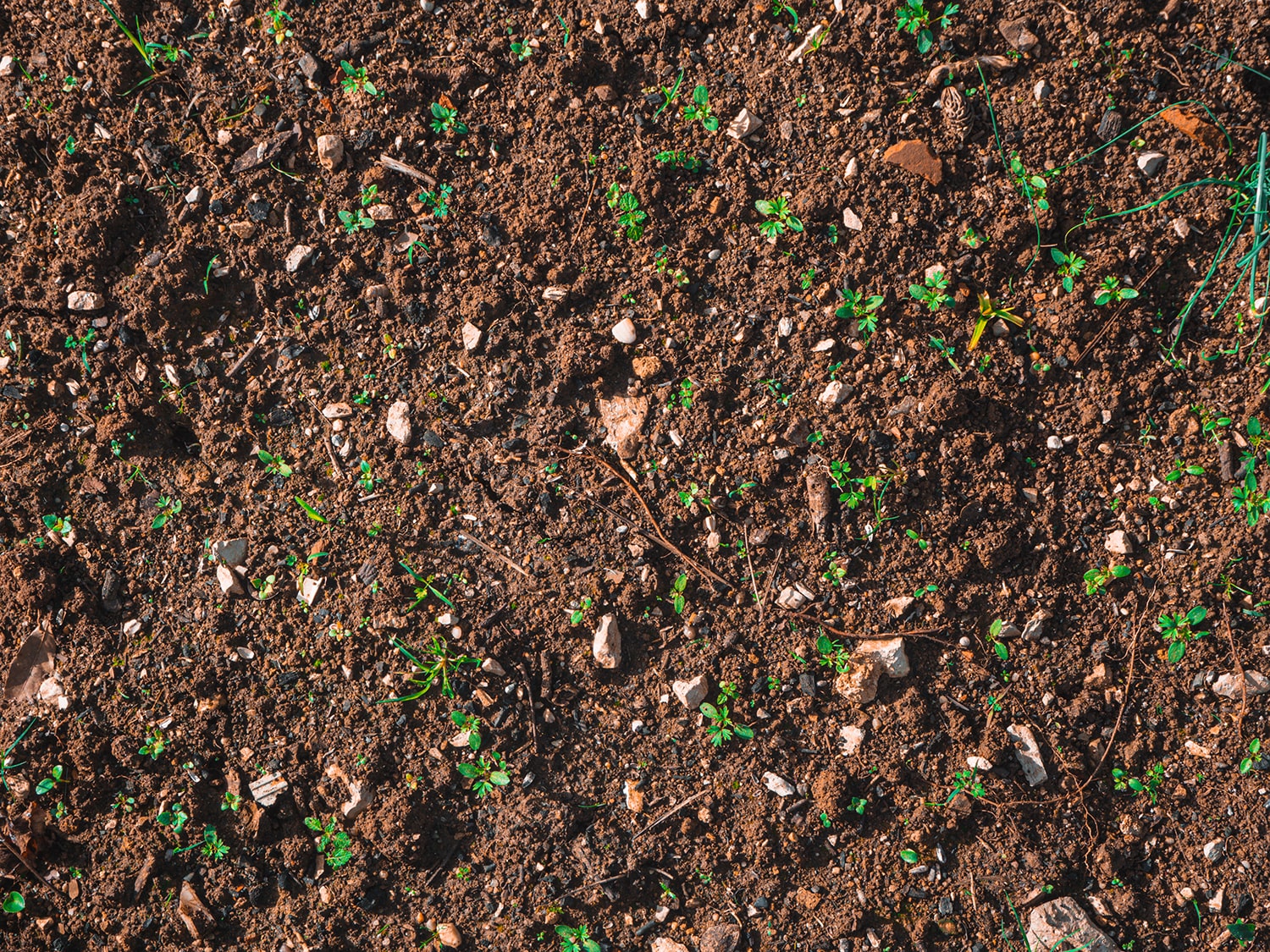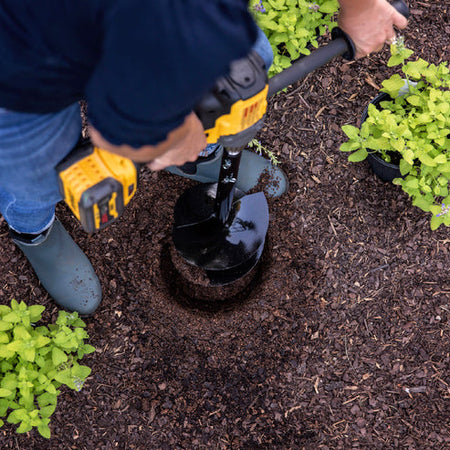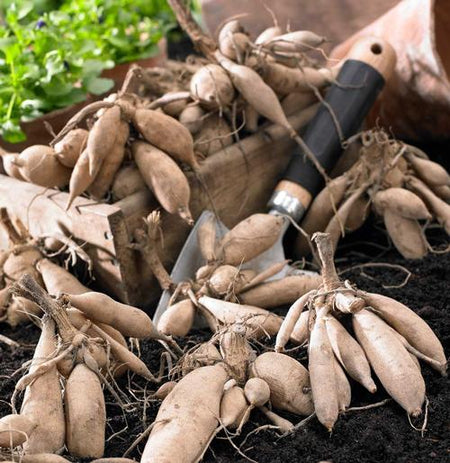As weather warms, more people are spending time in their gardens. Spring is ideal to complete many critical garden tasks. Unfortunately, it's also a time when gardeners — novice and veteran — make mistakes that reduce plant productivity and happiness. Read on to learn common gardening mistakes and how to avoid them.
1. Planting in the Wrong Place
Whether it's putting a tree in the front yard that will eventually grow tall enough that it blocks all the light or planting a sun-loving plant in the shade, where it will die, gardeners often place plants in the wrong place.
Rather than purchase plants you love at a nursery, then stick them where you have space, take time to learn about your yard, levels of light exposure, and any challenges for which to plan. Then visit a nursery and select a plant that will thrive in the available area. The plant will grow better and experience fewer challenges as a result.
2. Overcrowding Plants
Everyone wants a lush garden, but packing plants too tightly to achieve that density comes with negative side effects. Perennials and annuals will suffer when congested. Plants may experience fungal problems or fail to thrive as they compete for soil nutrients and water. Take mature plant size into account when planting.
If the garden is too crowded, divide perennial plants and give the extras to friends or plant elsewhere in the garden. Spring is the perfect time to divide, as plants can generally get re-established before flowering.
3. Using the Wrong Fertilizer (or No Fertilizer)
Fertilizing your garden is the key to happy, healthy plants. Yet many people apply a soil improvement that doesn't meet their garden's needs, thus, doesn't really help plants. Rather than broadcast a general fertilizer (such as a 10-10-10), have your soil tested by your local county extension. You'll learn exactly what nutrient your soil is deficient in, so you can balance it with the proper amendment.
Augers make it easy to gather soil samples from your yard and garden. Because these tools drill into the earth and bring up a plug of soil, you'll be able to analyze the exact nutrient makeup at planting depth. Augers also save you the labor of digging holes in every garden bed.
4. Watering at the Wrong Time
Fertilizer and water are two sides of the same coin: without either, your garden will not thrive. Watering mistakes, such as watering at the wrong time, can reduce the amount of water plants receive. It's better to water in the morning or evening than in the heat of the day, as water will evaporate before plant roots can absorb it.
Another common mistake is watering at night. You won't have to worry about the heat, but when plants “go to bed” for the night with wet leaves, fungal problems can develop. For plant health and nourishment, water early in the morning or early in the evening, so leaves dry before night falls.
5. Not Tackling a Pest Problem
Slugs, moths, rabbits, deer: Whatever the pest, the biggest mistake you can make is delaying tackling it. As pests nibble on plants, they weaken the plant tissue. Plants become less productive or, if deer and rabbits have their way, are completely eaten. Each of these pests requires different treatment.
Some people swear by scented deterrents that range from cayenne pepper spray to scented soap to keep deer and rabbits away from plants. Fencing the garden is an expensive, but permanent, solution to this perennial pest problem. For slugs or moths, look for a commercial pest product that alleviates the pest. Apply it at first sight of pest activity for the best success rate.
6. Cutting the Lawn Too Short
Lawn mowing can be a time-consuming chore, so many people compensate by cutting the lawn as short as possible. Giving the grass a “haircut,” however, stresses its roots. Grass that has been cut short has a harder time retaining water. It's likelier to dry during summer droughts.
You'll be spending more time on your lawn by reseeding and watering if you overdo it with the mower. It's better in the long term to leave the grass a tad longer than you might think so as not to spend so much time chasing that healthy green lawn.
7. Applying Too Much Mulch
Applying too much mulch too close to plant roots or tree trunks harms plants. The so-called mulch volcano keeps moisture near the tree trunk or plant stem, encouraging decay and disease. Instead, apply mulch in a ring around the plant (like a doughnut). Use a 2- to 3-inch layer of mulch to get the benefits without harmful side effects.
When you understand the most frequent garden problems and how to sidestep them, you can avoid garden mistakes and get your garden off to a healthy start. Start spring on the right foot with an inventory of your gardening supplies. Stock up on anything you need, so you can take quick action should anything go wrong.







